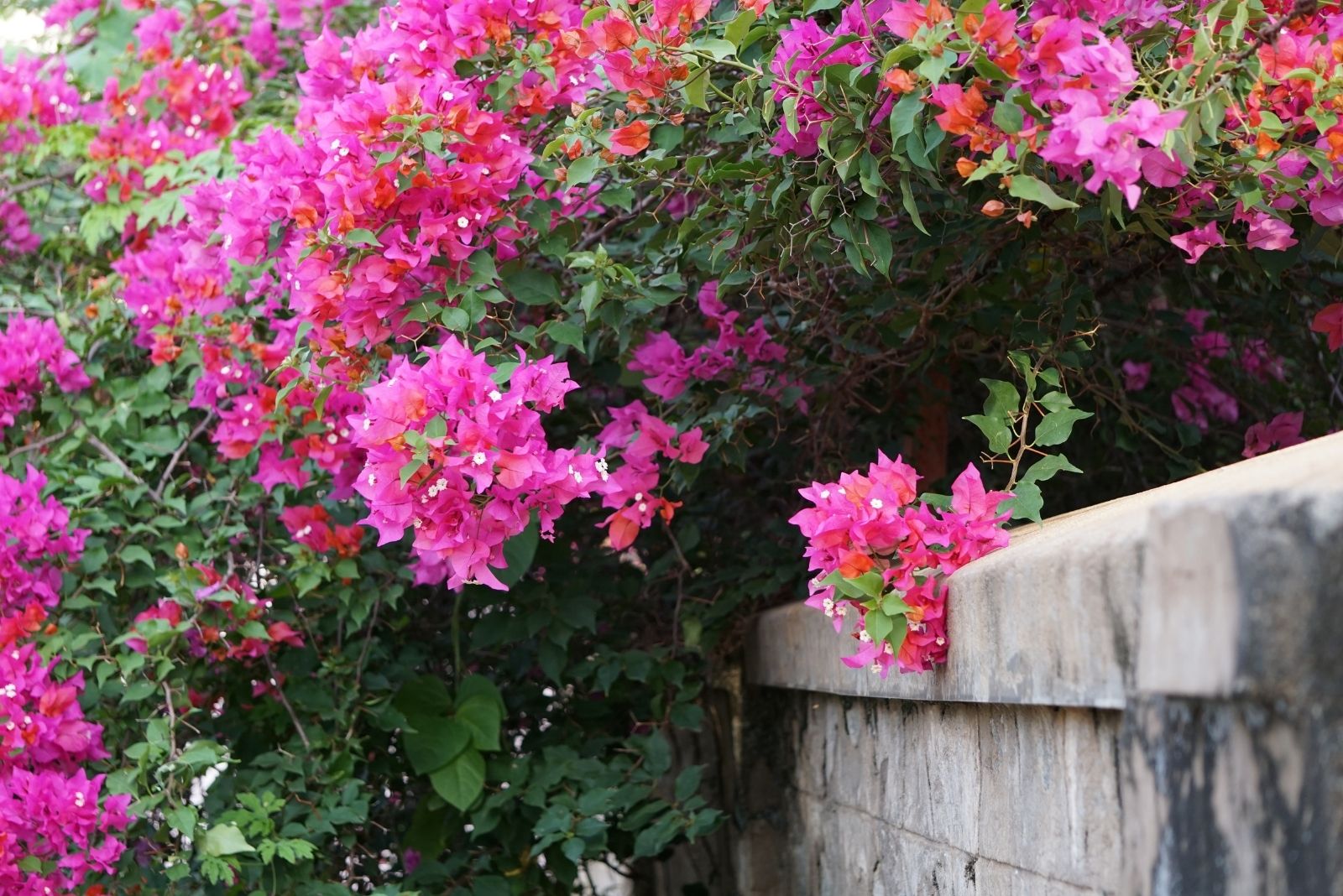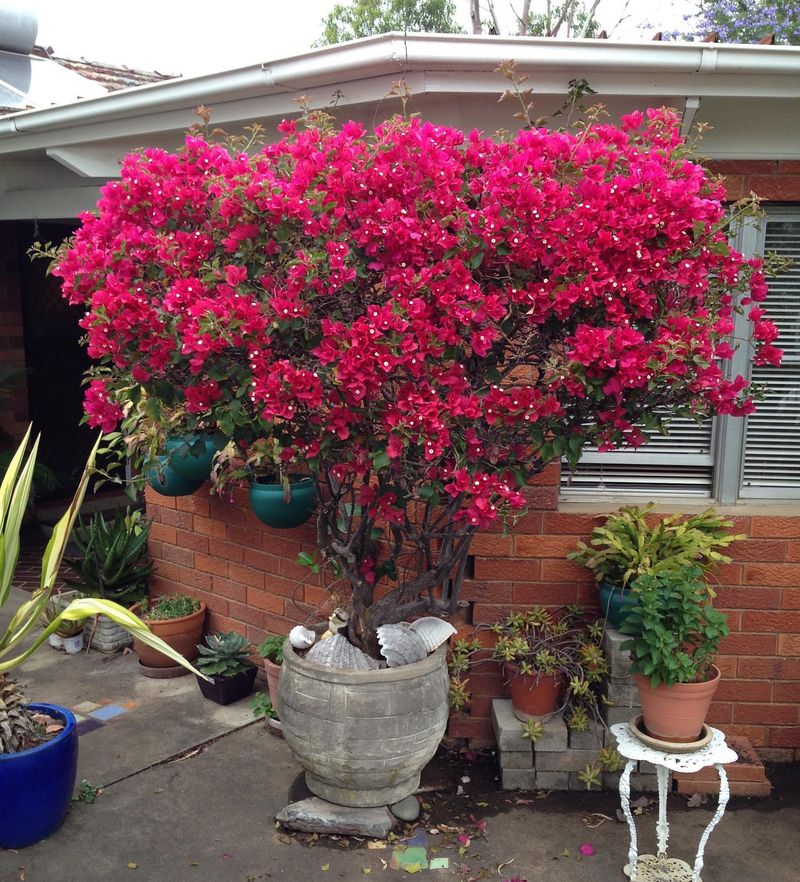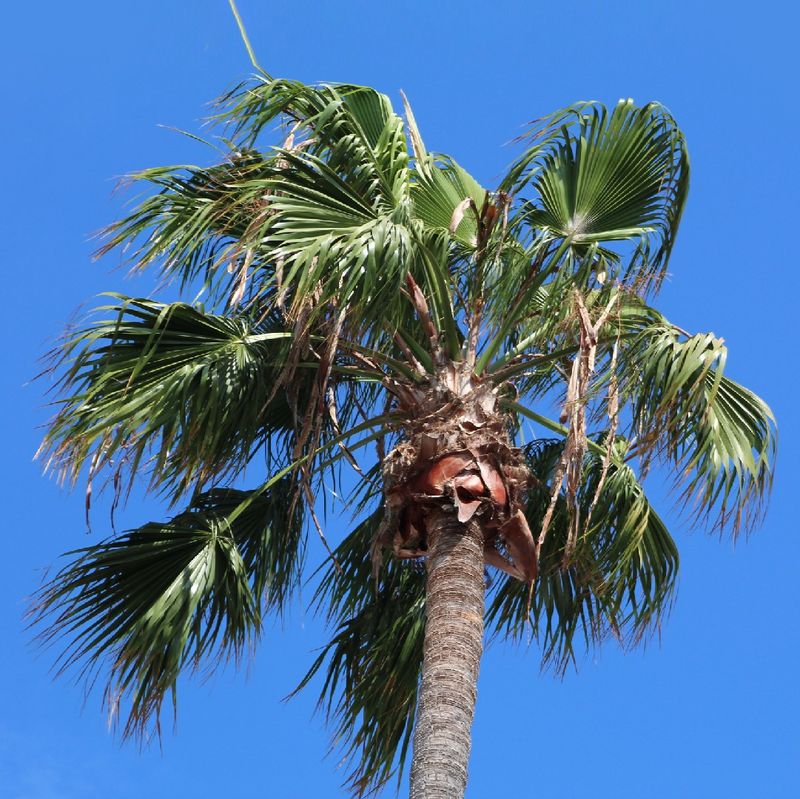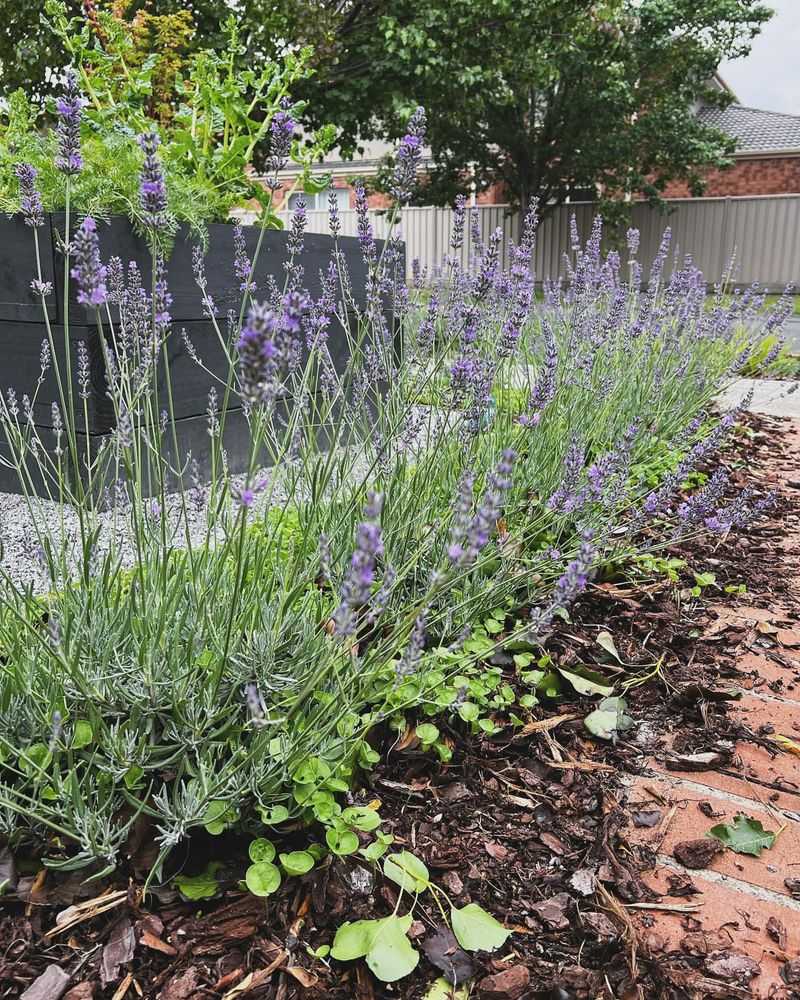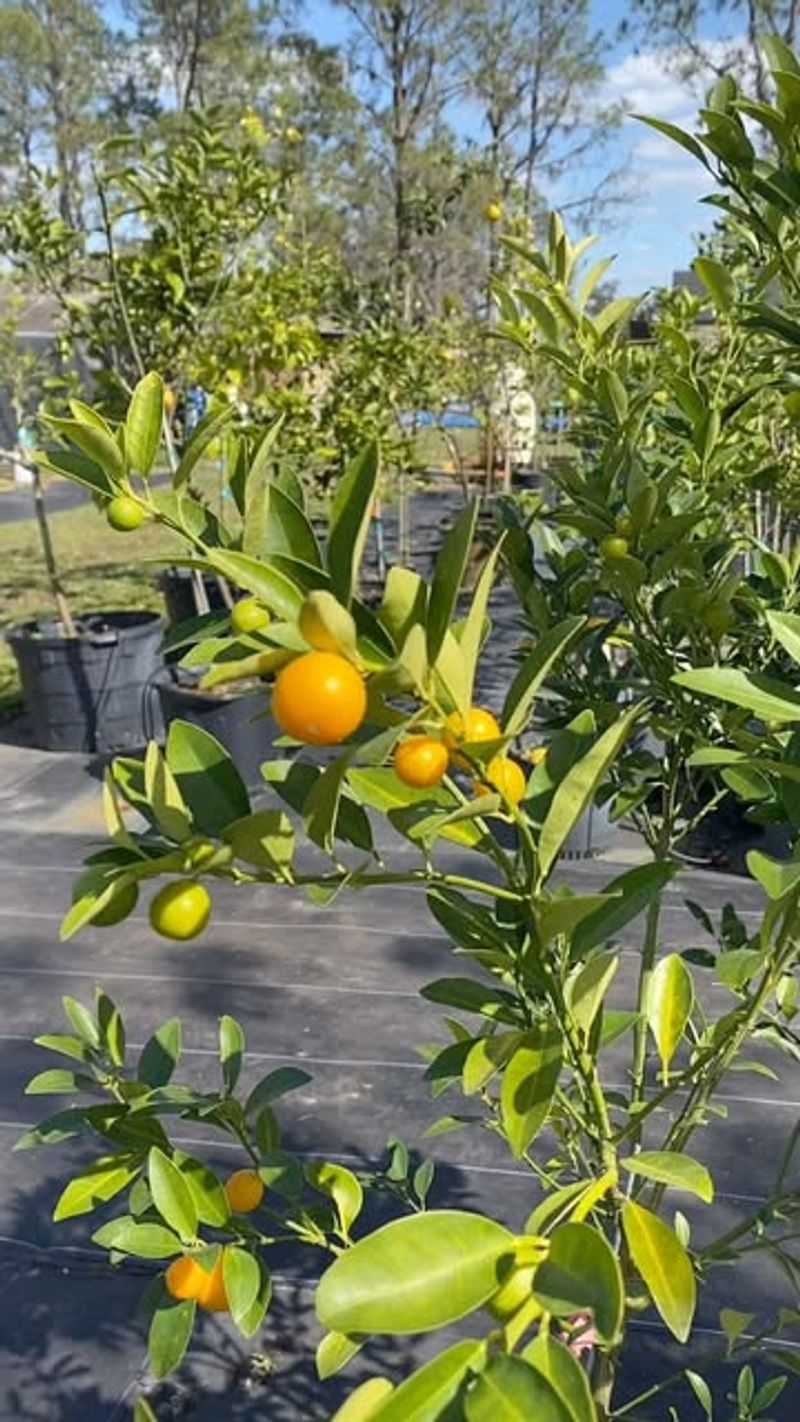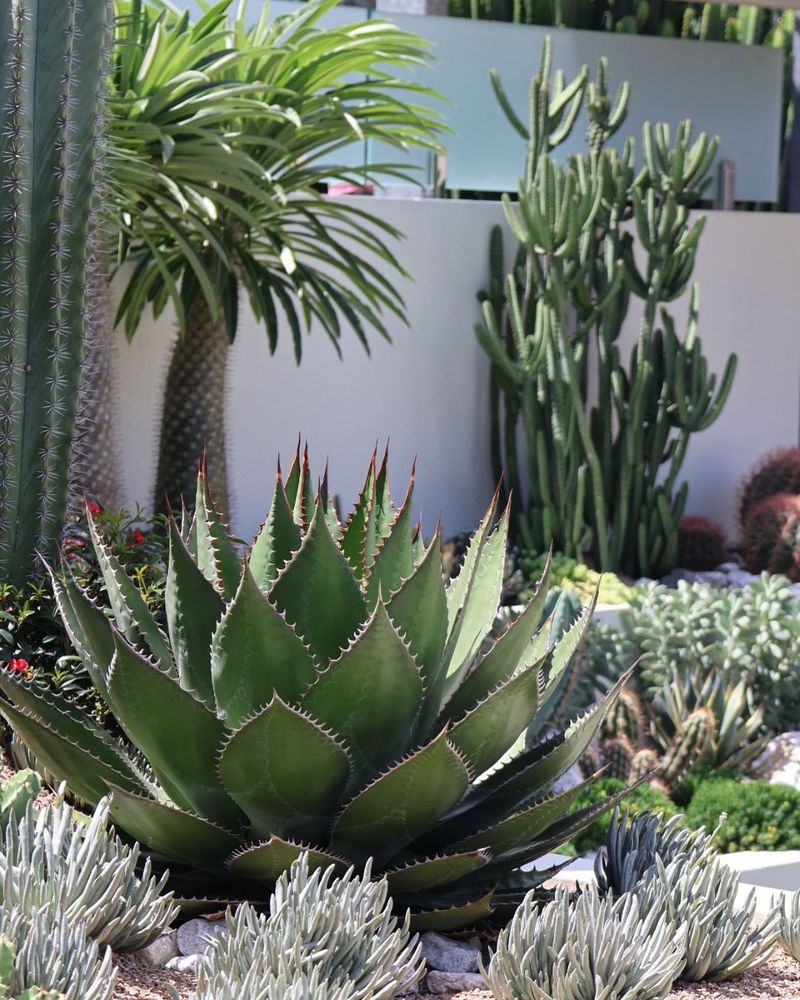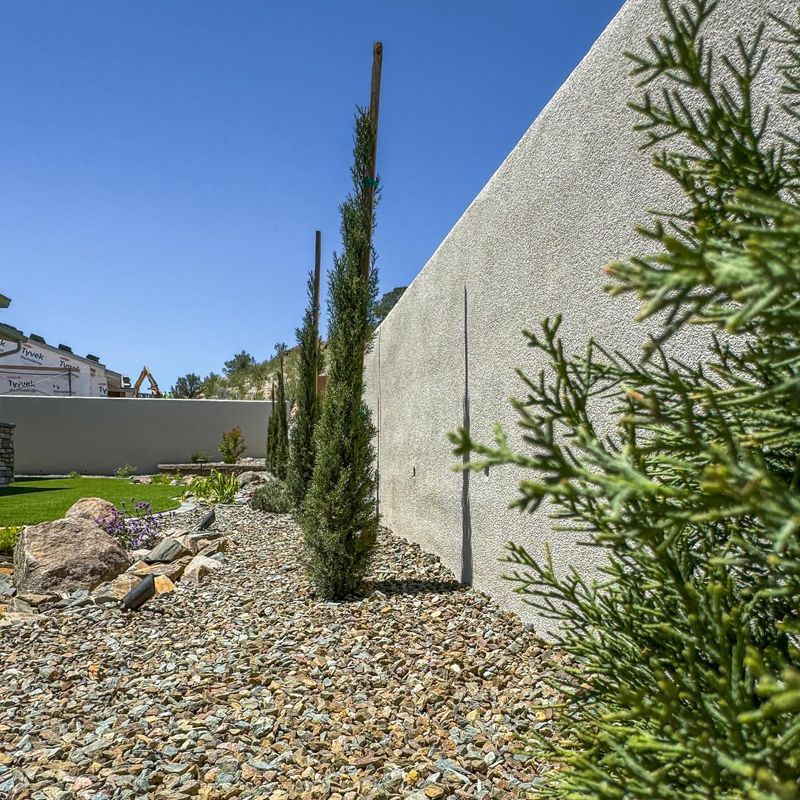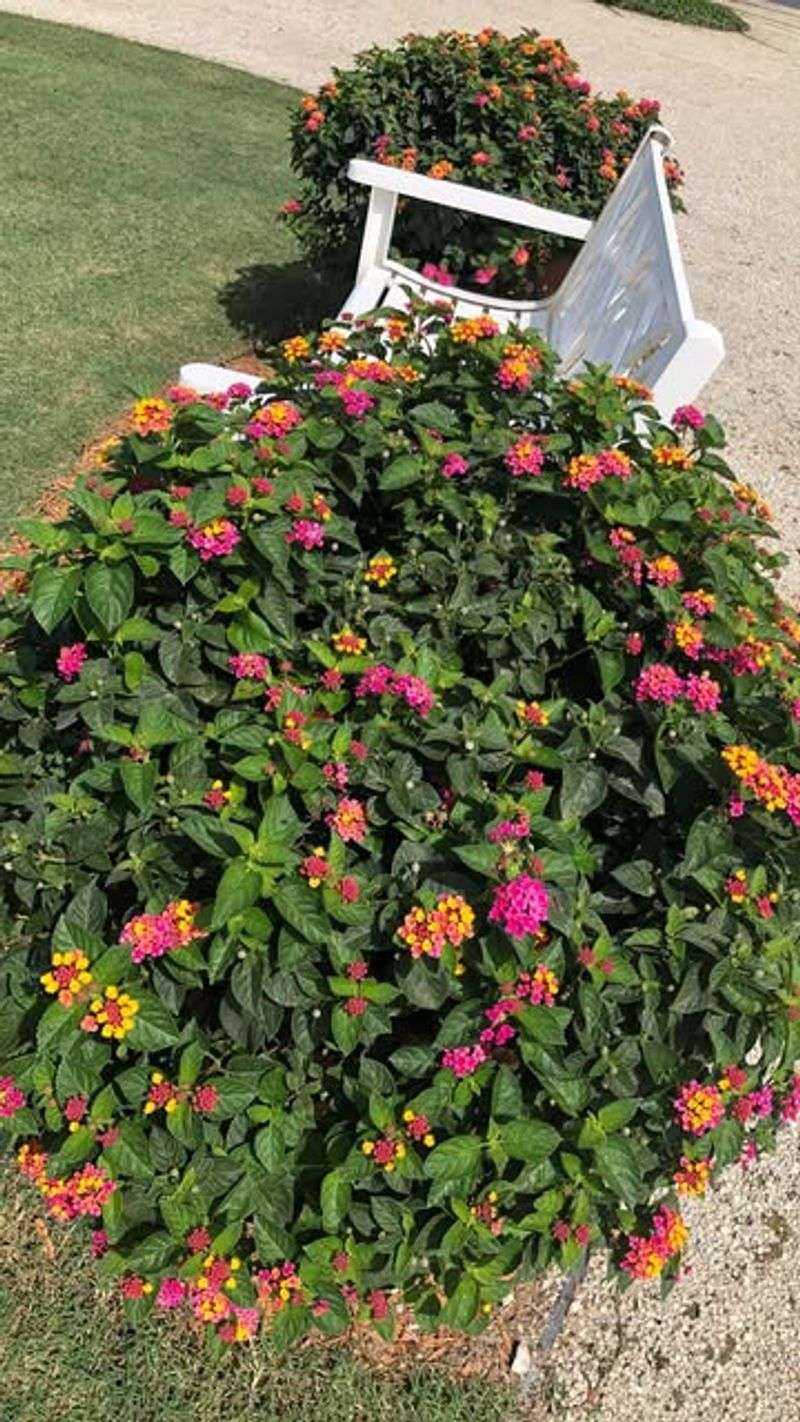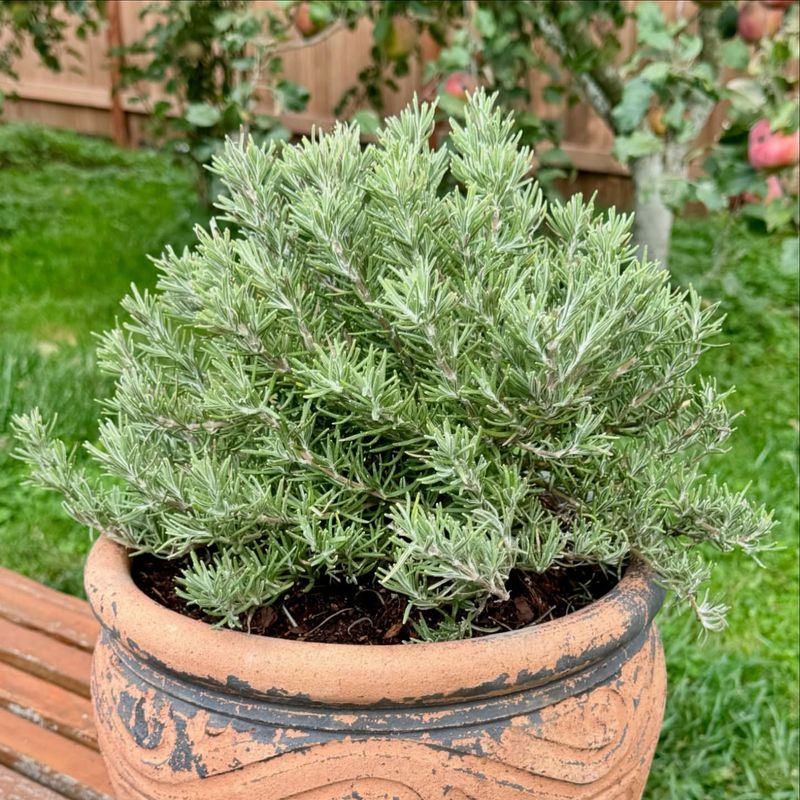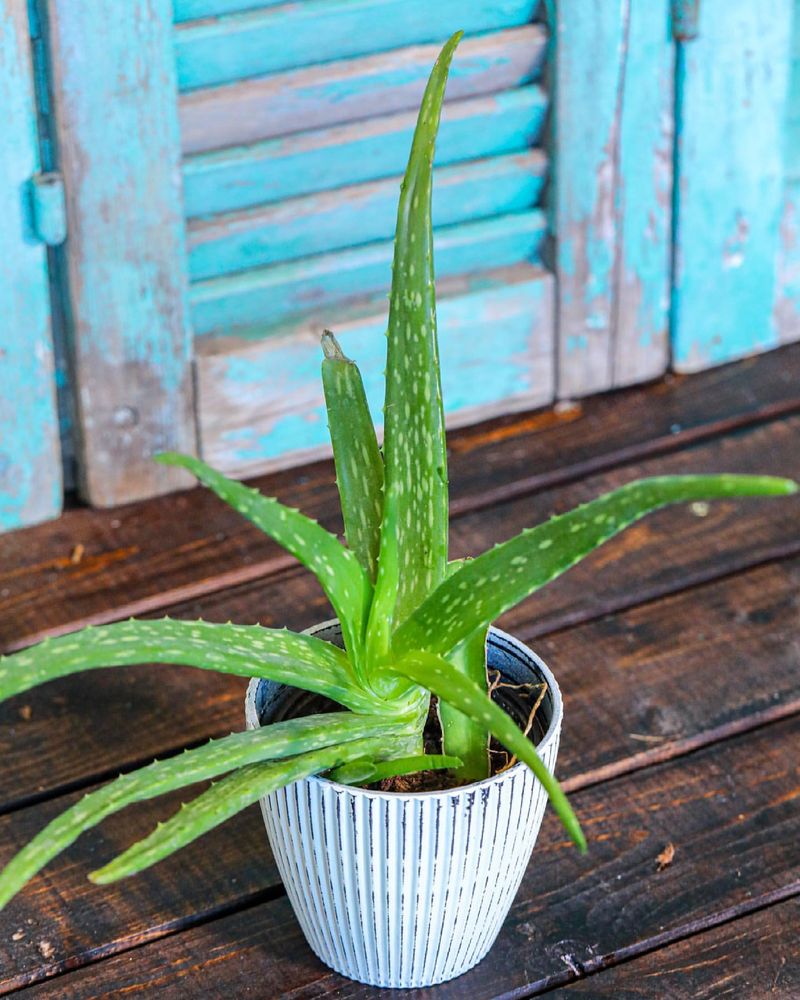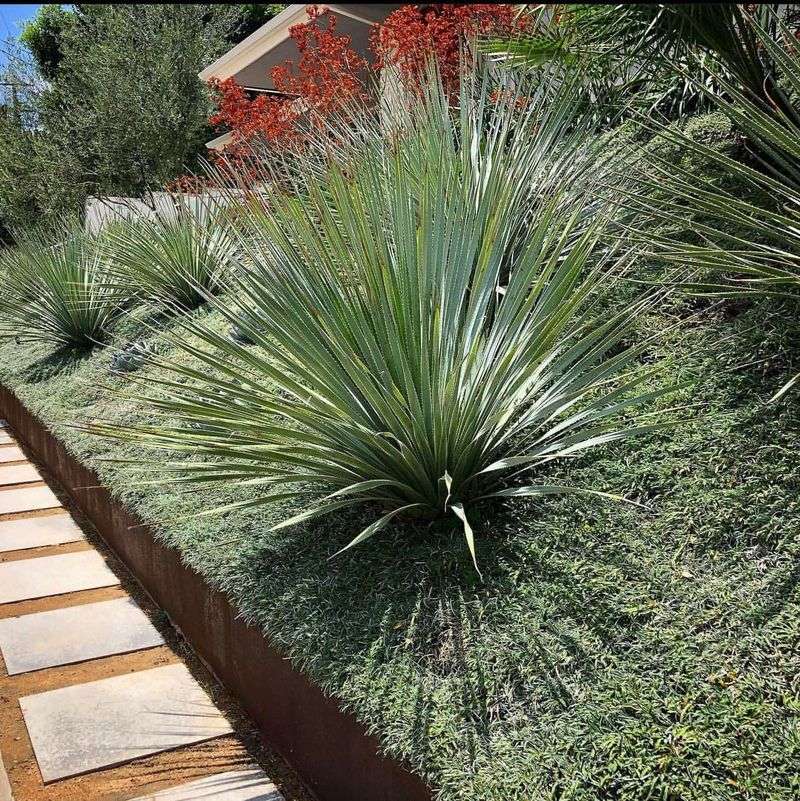Designing a Spanish-style garden in Arizona blends timeless charm with smart desert living. It’s a way to bring Mediterranean beauty into your own backyard. Think warm colors, rustic textures, and a sense of relaxed elegance.
These gardens shine with plants that love the heat and don’t mind dry spells. From lavender and rosemary to agave and olive trees, the right choices make all the difference.
They offer beauty without demanding constant care. With thoughtful planning, your outdoor space can echo the peaceful courtyards of Spain. It’s a retreat full of character, perfect for unwinding under the Arizona sun.
1. Bougainvillea: The Colorful Climber
Nothing says Spanish-style garden quite like bougainvillea cascading over a stucco wall. I’ve found these drought-tolerant beauties to be nearly indestructible in my Phoenix garden, even during summer heat waves.
They require minimal water once established and produce spectacular paper-like bracts in shades of magenta, purple, red, or white. For best results, plant them in full sun with good drainage.
Try training them along a pergola or wall for that authentic Spanish courtyard feel – they’ll reward you with color nearly year-round in Arizona’s climate.
2. Mexican Fan Palm: Dramatic Height
Standing tall against the Arizona sky, Mexican fan palms create that quintessential Spanish colonial silhouette. Their fronds rustle pleasantly in the breeze, providing a soothing soundtrack to outdoor gatherings.
My own specimen has grown impressively fast, requiring almost no maintenance beyond occasional trimming of dead fronds. These palms tolerate extreme heat and drought conditions perfectly, making them ideal for our climate.
Plant them as dramatic focal points or in rows along driveways for a grand entrance effect that immediately evokes Mediterranean landscapes.
3. Prickly Pear Cactus: Native Charm
Prickly pear cacti blend Southwestern heritage with Spanish garden aesthetics perfectly. Their paddle-shaped segments and colorful fruits have been part of Arizona’s landscape long before European influence arrived.
In my garden, they create striking architectural elements with minimal fuss. The spring flowers range from yellow to red, followed by edible purple fruits that local wildlife adores.
For a more manicured Spanish look, plant them in terracotta pots or use as living sculptures among more traditional Mediterranean plants – they’ll thrive with almost complete neglect.
4. Spanish Lavender: Fragrant Delight
The distinctive topped flowers of Spanish lavender bring Mediterranean charm to Arizona gardens. Unlike English varieties, Spanish lavender handles our heat remarkably well, though it appreciates afternoon shade during the hottest months.
My border of Spanish lavender attracts countless bees and butterflies, creating a lively ecosystem. The gray-green foliage offers beautiful contrast against terracotta pots and warm-colored walls typical in Spanish design.
Plant it where you can brush against it occasionally – the aromatic oils released will transport you straight to the hills of Spain, even while standing in your Arizona garden.
5. Citrus Trees: Edible Elegance
Orange, lemon, and lime trees are hallmarks of Spanish-inspired gardens across Arizona. Their glossy evergreen foliage provides year-round structure while fragrant spring blossoms fill the air with sweet perfume.
Growing citrus in my Tucson garden has been surprisingly easy – they thrive in our climate with proper irrigation. The fruits themselves become ornamental features, hanging like jewels among the leaves.
Consider planting them in decorative pots for smaller spaces or as focal points in garden corners. Either way, they’ll contribute both beauty and bounty to your Spanish garden design.
6. Agave: Sculptural Statement
Agave plants create dramatic focal points with their symmetrical rosettes of thick, pointed leaves. These architectural wonders thrive in Arizona’s harsh conditions, storing water in their fleshy leaves for long drought periods.
Around my courtyard fountain, several agave varieties create a stunning display. Some remain compact while others grow impressively large, all requiring virtually no maintenance beyond occasional debris removal.
Plant them in groupings of odd numbers for visual impact or use larger specimens as standalone features. Their blue-gray coloration complements Spanish elements like painted tile and wrought iron perfectly.
7. Olive Trees: Mediterranean Staple
Olive trees bring instant Mediterranean character to Arizona gardens with their silvery-gray foliage and gnarled trunks. Despite their ancient European origins, they adapt beautifully to our desert conditions.
The specimen near my patio provides dappled shade that’s perfect for outdoor dining. Look for fruitless varieties like ‘Swan Hill’ or ‘Wilsonii’ if you want the aesthetic without messy olives dropping.
Plant them where their sculptural form can be appreciated, perhaps uplit at night to highlight their twisted trunks and delicate leaves moving in evening breezes.
8. Italian Cypress: Vertical Accent
Italian cypress trees create those distinctive vertical exclamation points that define Spanish and Mediterranean landscapes. Their narrow columnar form provides architectural structure without taking up much ground space.
Along my garden wall, a row of these evergreens creates rhythm and formality. They require minimal pruning to maintain their shape and tolerate Arizona’s heat admirably when given deep, infrequent watering.
Use them to frame entryways, define garden rooms, or create living privacy screens. Their dark green foliage provides beautiful contrast against light-colored stucco typical in Spanish-inspired homes.
9. Lantana: Heat-Loving Color
Lantana thrives in Arizona’s blazing summers, providing reliable color when many other plants retreat. The clusters of tiny flowers in gold, orange, pink, or multicolor attract butterflies by the dozens to my garden borders.
This low-maintenance plant spreads to form excellent ground cover or can be shaped into informal hedges. After trying several varieties, I’ve found the trailing types work beautifully spilling over walls or large pots.
Plant lantana in full sun locations where you need long-lasting color. It pairs wonderfully with Spanish architectural elements and requires almost no care beyond occasional trimming.
10. Rosemary: Aromatic Herb
Rosemary’s pine-like fragrance and blue flowers make it both ornamental and useful in Spanish-inspired gardens. The upright varieties form excellent small hedges while prostrate types cascade beautifully over walls and containers.
My kitchen garden wouldn’t be complete without several rosemary plants. They thrive in Arizona’s well-drained soils and intense sunlight, requiring minimal irrigation once established.
Consider planting rosemary along pathways where brushing against it releases its wonderful aroma. It’s historically significant too – rosemary has been used in Spanish gardens for centuries for both cooking and medicinal purposes.
11. Aloe Vera: Useful Beauty
Aloe vera combines striking form with practical benefits in Spanish-style Arizona gardens. The fleshy, spear-shaped leaves store water efficiently, making it perfect for our arid climate.
Around my garden fountain, several aloe plants create interesting texture contrasts. Their occasional tall flower stalks with orange or yellow blooms attract hummingbirds and add vertical interest.
Beyond aesthetics, having aloe readily available for minor burns and skin irritations connects to the Spanish tradition of useful garden plants. Plant them in decorative pots or directly in well-drained soil in sun or partial shade.
12. Pomegranate: Ancient Fruit
Pomegranate trees connect Spanish garden traditions with practical fruit production in Arizona landscapes. Their bright orange-red flowers transform into distinctive fruits with jewel-like seeds that have been valued since ancient times.
My dwarf pomegranate produces surprisingly well despite its compact size. The glossy leaves stay green most of the year, while the twisted branches add winter interest after leaves drop.
Plant pomegranates where you can appreciate their seasonal changes – spring flowers, summer and fall fruits, and winter branch structure. They thrive in our heat and produce better with minimal pruning.
13. Desert Spoon: Native Texture
Desert spoon (Dasylirion wheeleri) brings dramatic texture to Spanish-influenced Arizona gardens. The spiky blue-gray leaves form a perfect sphere that creates strong visual interest among softer plants.
During summer, tall flower stalks rise impressively from the center, attracting beneficial insects to my garden. I’ve found this native plant requires almost no maintenance beyond removing spent flower stalks.
Use desert spoon as a focal point in gravel areas or pair with flowering perennials for contrast. Its architectural form complements Spanish garden elements like fountains and decorative pottery while honoring our region’s natural heritage.

